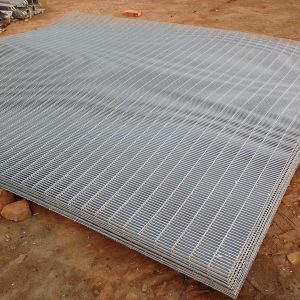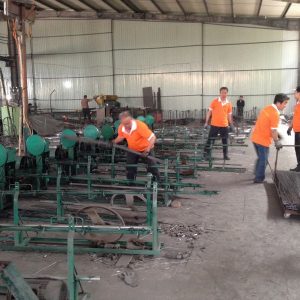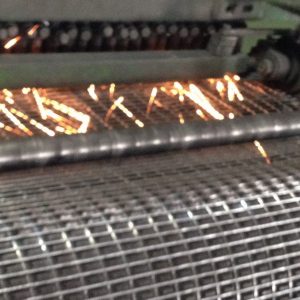
The key points of green-shell layer breeding technology
The green-shell laying hens are small in size and gentle, with the characteristics of “five blacks and one green”. That is, the hair, skin, meat, internal organs, and bones are black, and the eggshell is natural green. Its economic value and nutritional value are extremely high. Because its green shell egg contains a variety of amino acids and trace elements that are beneficial to the human body, it is an ideal health food, so it is very popular with consumers.
Build a chicken coop
Artificially raised green-shell laying hens can be intensively reared, with 17-20 per square meter hen house. Pay attention to the ventilation of the chicken house and keep the ground dry, preferably cement ground, which is convenient for manure removal and epidemic prevention and disinfection.
Scientifically formulated feed
The feed preparation is mainly corn and barley, using 10%-15% fish meal, adding about 20% bean cake and other plant feeds, and then mixing some chopped carrots, green leaves, grass and other green feeds. Keep the feed fresh, good palatability, give less frequently, and prepare clean water for the chickens to drink. The feed can also be prepared according to 10% to 40% of corn, 20% to 30% of sorghum and barley, 10% to 30% of wheat or tares, 10% to 30% of bran and rice bran, 3% to 15% of fish meal or bone meal, oyster Powder or molybdenum carbonate 2%-6%, Sophora leaf powder or alfalfa powder 3%-5%. If it is matched with green feed, 30-40 kg green feed can be added to every 100 kg of mixed feed.
Strengthen management
Chickens have poor disease resistance and are afraid of the cold. The indoor temperature of the chicks should be controlled at about 35°C 1 to 2 weeks after they emerge. In addition, the ventilation and light of the chicken house are also very important. Good air convection and light can not only improve the vitality of the chicks, promote the growth and development, prevent rickets, but also increase the egg production rate of the adult hens.
Prevention and treatment of chicken diseases
Chickens should be vaccinated on a regular basis, and immunization methods should be selected reasonably according to the characteristics of the vaccine, the immunization effect and the amount of labor. If an epidemic occurs, measures such as isolation and disinfection should be taken in time. The specific prevention and control measures are: 10 to 14 days after the chicks emerge from their shells, use the Newcastle disease “line II seedlings” in the nose, and inoculate the “line II seedlings” once at the age of 1 month. Vaccination “II line vaccine” and “cholera vaccine” once. If chicken plague occurs in nearby chickens, feed the chickens immediately with 0.1% potassium permanganate solution.



